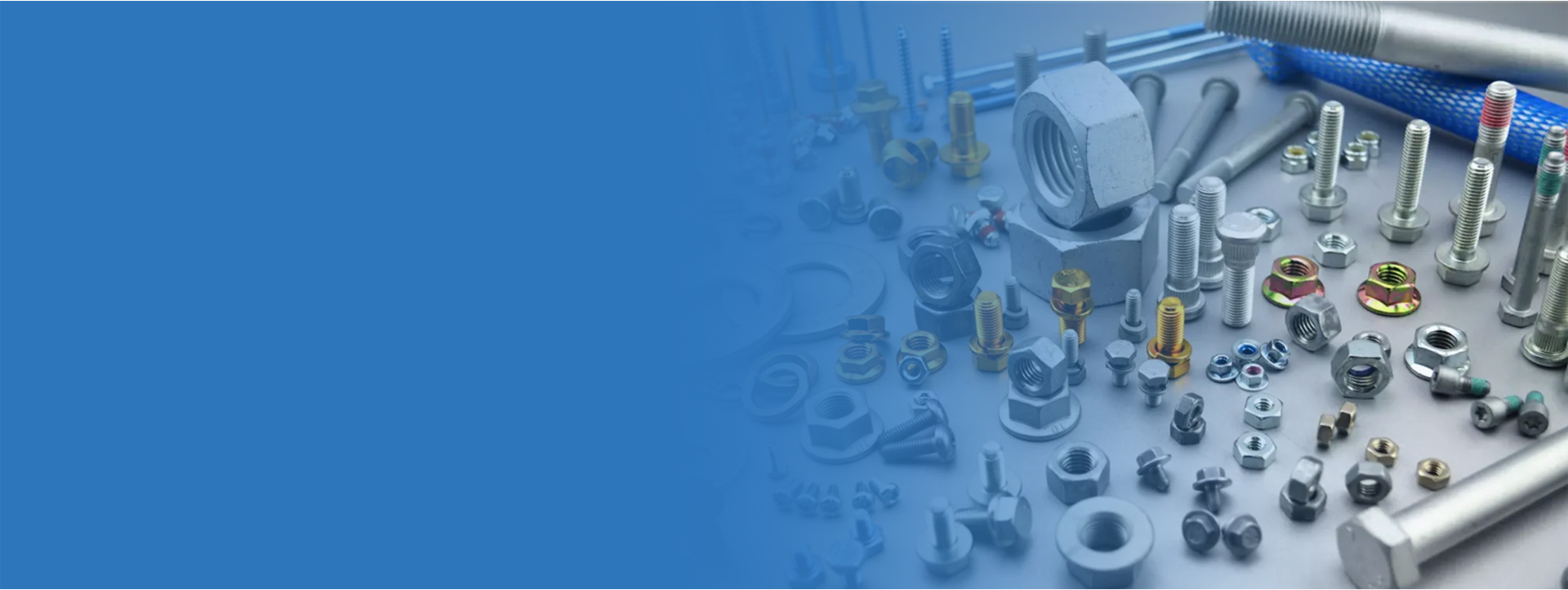Sep . 11, 2024 15:05 Back to list
What Screws are Used for a Motherboard? | Comprehensive Guide
When it comes to the construction and maintenance of computer systems, understanding the types of screws used for a motherboard is fundamental. Motherboards are the backbone of any computer, providing essential connectivity between all components, including the CPU, RAM, and storage. To ensure stability and longevity, proper screws are imperative for securing the motherboard within the computer case.
The most commonly used screws for motherboards are typically referred to as standoffs and are generally made of brass or aluminum. These standoffs serve two purposes they elevate the motherboard off the case and provide a secure connection point for the screws that hold it in place. The elevation helps prevent short circuits by ensuring that the motherboard does not come into contact with the metal of the case.
Typically, the screws used for securing the motherboard into place are 6-32 screws, which are standard in many computer builds. These screws have a diameter of approximately 3.5 mm and a thread count that offers a robust grip within the standoffs. The length of the screws can vary, but they usually range between 4 mm to 10 mm, depending on the thickness of the motherboard and the height of the standoffs used.
In addition to securing the motherboard, other screws in a computer system may be necessary for mounting additional components, such as drives and expansion cards. For instance, the screws for securing hard drives usually include 6-32 screws as well, whereas expansion cards might use similar screws or, in some cases, thumbscrews for easier access.
what screws are used for a motherboard

Moreover, it's important to recognize the significance of screw placement around the motherboard. Each motherboard typically has designated mounting holes. It's crucial to use the correct screw size for these specific holes to avoid damaging the motherboard. Over-tightening the screws can lead to cracks or other physical damages, while under-tightening might result in instability in component connections.
When assembling or disassembling a computer, it’s also advisable to use a magnetic screwdriver whenever possible
. This tool helps in managing screws efficiently, minimizing the risk of dropping them into the case where they can cause short circuits.In conclusion, understanding what screws are used for a motherboard is essential for anyone involved in building or upgrading computers. Using the right type and size of screws ensures that the motherboard is securely mounted and that all components function effectively. It may seem like a small aspect of computer assembly, but the intricacies of using the correct screws significantly contribute to the overall performance and longevity of a computer system. Proper hardware selection and careful assembly can make all the difference in a successful build.


